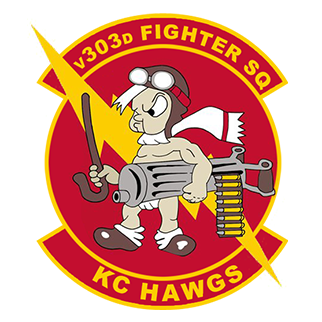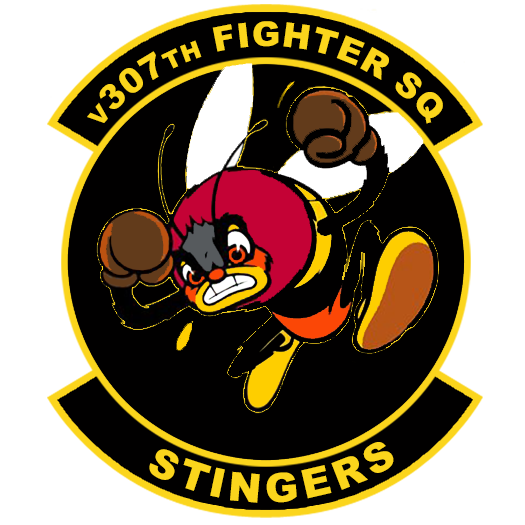//Public Intel-Report
Last updated: 20221215
RWR: 10
THREAT: HIGH
In-DCS Unit View:

Originators Designation: S-300PS
NATO Reporting Name: SA-10 Grumble
Description: The S-300 (NATO reporting name SA-10 Grumble) is a series of long range surface-to-air missile systems developed and operated by the former Soviet Union, now fielded by the militaries of Russia and Ukraine as well as several other former Eastern Bloc countries. It was produced by NPO Almaz, based on the initial S-300P version. The S-300 system was developed to defend against air raids and cruise missiles for the Soviet Air Defence Forces. Subsequent variations were also developed to be able to intercept ballistic missiles. The S-300 system was first deployed by the Soviet Union in 1979, designed for the air defence of large industrial and administrative facilities, military bases and control of airspace against enemy strike aircraft. During the Russian invasion of Ukraine in 2022, military analysts have stated that Russia has modified a number of systems to perform surface-to-surface strikes.[5][6]
The SA-10 Grumble surface-to-air missile system is similar to the US patriot system in terms of role and capability. It offers significant advantages over older strategic surface-to-air missile systems, including multi target handling together with a capability against low altitude targets (less than 200ft). The SA-10A launch complex consists of the FLAP LID multi-function phased-array engagement radar, 3 SA-10 mobile launchers, SA-7 and ZPU-2 assets for lowlevel defence and KraZ T 255B support trucks. The SA-N-6 naval version is fitted to the Russian carrier group. Missile guidance is of the Track-Via-Missile (TVM) type with the FLAP LID guidance radar capable of engaging up to 6 targets simultaneously, with two missiles per locked target to ensure a high kill probability. The system has a range from 2nm to 55nm and can engage targets from 100ft up to more than 60,000ft. Due to the TVM radar you do not get any missile launch warning on the RWR, therefore if you are within 55 nm of an SA-10 you MUST assume that there is a missile inbound to you and take evasive action. Missiles are very difficult to spot and have a low smoke signature so you should offset your heading by a few degrees from the threat to make them easier to spot. They also often come from a higher trajectory. The missiles are very difficult to defeat kinematically and the best defence is normally to get as low as you can and use chaff to break the launcher lock.
The system is fully automated, though manual observation and operation are also possible.[3][7] Components may be near the central command post, or as distant as 40 km. Each radar provides target designation for the central command post. The command post compares the data received from the targeting radars up to 80 km apart, filtering false targets. The central command post features both active and passive target detection modes.[8][9]
The project-managing developer of the S-300 is Almaz-Antey. S-300 uses missiles developed by both MKB "Fakel" and NPO Novator design bureaus (separate government corporations, previously named "OKB-2" and "OKB-8").
The S-300 was still in 2006 regarded as one of the most potent anti-aircraft missile systems currently fielded.[10] It is mainly used in Asia and Eastern Europe, including NATO member countries Bulgaria and Greece. An evolved version of the S-300 system is the S-400 (NATO reporting name SA-21 Growler), which entered service on 28 April 2007.
Specifications:
Defensive Maneuvers: High threat system that is a priority for SEAD and Strike aircraft. SA-10s should be attacked at range with saturation attack of anti-radiation and cruise missiles. Prioritize targeting the command truck and radars. SA-10s are often protected by SA-15 TORS, which are capable of intercepting standoff weapons. If attacked by an SA-10, simply run and head for the deck. ECM and chaff will have minimal effect.
Long range, high altitude HARM or very low (100ft) cluster bomb to knock out Flap Lid FCR.
Has good ECCM and due to it’s high speed, lack of RWR warning and low visual signature is very difficult defeat kinematically. Best option is to get very low (100ft) inside an SA-10 umbrella.
HARM ALIC Codes:
Last updated: 20221215
RWR: 10
THREAT: HIGH
In-DCS Unit View:
Originators Designation: S-300PS
NATO Reporting Name: SA-10 Grumble
Description: The S-300 (NATO reporting name SA-10 Grumble) is a series of long range surface-to-air missile systems developed and operated by the former Soviet Union, now fielded by the militaries of Russia and Ukraine as well as several other former Eastern Bloc countries. It was produced by NPO Almaz, based on the initial S-300P version. The S-300 system was developed to defend against air raids and cruise missiles for the Soviet Air Defence Forces. Subsequent variations were also developed to be able to intercept ballistic missiles. The S-300 system was first deployed by the Soviet Union in 1979, designed for the air defence of large industrial and administrative facilities, military bases and control of airspace against enemy strike aircraft. During the Russian invasion of Ukraine in 2022, military analysts have stated that Russia has modified a number of systems to perform surface-to-surface strikes.[5][6]
The SA-10 Grumble surface-to-air missile system is similar to the US patriot system in terms of role and capability. It offers significant advantages over older strategic surface-to-air missile systems, including multi target handling together with a capability against low altitude targets (less than 200ft). The SA-10A launch complex consists of the FLAP LID multi-function phased-array engagement radar, 3 SA-10 mobile launchers, SA-7 and ZPU-2 assets for lowlevel defence and KraZ T 255B support trucks. The SA-N-6 naval version is fitted to the Russian carrier group. Missile guidance is of the Track-Via-Missile (TVM) type with the FLAP LID guidance radar capable of engaging up to 6 targets simultaneously, with two missiles per locked target to ensure a high kill probability. The system has a range from 2nm to 55nm and can engage targets from 100ft up to more than 60,000ft. Due to the TVM radar you do not get any missile launch warning on the RWR, therefore if you are within 55 nm of an SA-10 you MUST assume that there is a missile inbound to you and take evasive action. Missiles are very difficult to spot and have a low smoke signature so you should offset your heading by a few degrees from the threat to make them easier to spot. They also often come from a higher trajectory. The missiles are very difficult to defeat kinematically and the best defence is normally to get as low as you can and use chaff to break the launcher lock.
The system is fully automated, though manual observation and operation are also possible.[3][7] Components may be near the central command post, or as distant as 40 km. Each radar provides target designation for the central command post. The command post compares the data received from the targeting radars up to 80 km apart, filtering false targets. The central command post features both active and passive target detection modes.[8][9]
The project-managing developer of the S-300 is Almaz-Antey. S-300 uses missiles developed by both MKB "Fakel" and NPO Novator design bureaus (separate government corporations, previously named "OKB-2" and "OKB-8").
The S-300 was still in 2006 regarded as one of the most potent anti-aircraft missile systems currently fielded.[10] It is mainly used in Asia and Eastern Europe, including NATO member countries Bulgaria and Greece. An evolved version of the S-300 system is the S-400 (NATO reporting name SA-21 Growler), which entered service on 28 April 2007.
Specifications:
| Max Engagement Range: | 55nm |
| Max Engagement Height: | 60,000ft |
| Min Engagement Height: | 100ft |
| Max Speed: | M7.0 |
| ECM Burn Through | N/A |
| Warhead Weight | N/A |
Defensive Maneuvers: High threat system that is a priority for SEAD and Strike aircraft. SA-10s should be attacked at range with saturation attack of anti-radiation and cruise missiles. Prioritize targeting the command truck and radars. SA-10s are often protected by SA-15 TORS, which are capable of intercepting standoff weapons. If attacked by an SA-10, simply run and head for the deck. ECM and chaff will have minimal effect.
Long range, high altitude HARM or very low (100ft) cluster bomb to knock out Flap Lid FCR.
Has good ECCM and due to it’s high speed, lack of RWR warning and low visual signature is very difficult defeat kinematically. Best option is to get very low (100ft) inside an SA-10 umbrella.
HARM ALIC Codes:
| Flap Lid Track Radar | 110 |
| Clam Shell Search Radar | 103 |
| Big Bird Search Radar | 104 |
Last edited:



